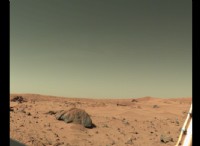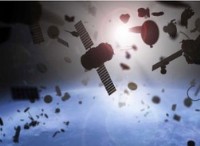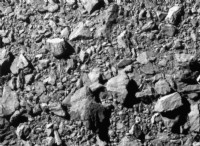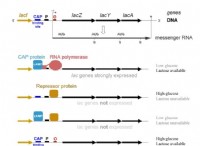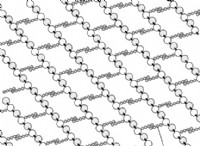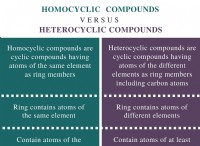Before Solar System Formation:
1. Nebula Formation: The Solar System began with a giant interstellar molecular cloud known as a nebula. This cloud was composed of gas, dust, and tiny solid particles.
2. Gravitational Collapse: Within the nebula, a region of slightly higher density started to collapse under its gravitational force. This region marked the beginning of the protoplanetary disk.
During Solar System Formation:
1. Disk Accretion: As the protoplanetary disk continued to collapse, it began to rotate more rapidly. This caused material to be drawn towards its central region, forming a dense and hot core that would eventually become the Sun.
2. Planetesimal Formation: Solid particles in the protoplanetary disk started to collide and agglomerate into tiny objects known as planetesimals. These were the building blocks of larger planetary bodies.
3. Protoplanet Formation: 時間が経つにつれて、さらなる衝突と重力相互作用を通じて、惑星はサイズが大きくなり、地球、火星、木星の初期バージョンを含むプロトプラネットを形成しました。
4. Gravitational Clearing: Gravitational forces from protoplanets cleared out debris and smaller objects in their orbits, shaping the early Solar System.
After Solar System Formation:
1. Orbital Adjustments: The orbits of planets were not fixed and underwent significant changes during the early stages. Collisions and gravitational interactions modified the shapes of planetary orbits and influenced the trajectories of celestial bodies.
2. Planetary Evolution: Planets developed different characteristics based on their size, composition, and distance from the Sun. Gas giants like Jupiter acquired large atmospheres, while rocky planets like Mars and Venus underwent geological processes.
3. Asteroid Belts and Kuiper Belt Formation: 太陽系の特定の領域に蓄積された惑星に形成されなかった残りの破片は、火星と木星の間に小惑星帯とネプチューンを越えたキュイパーベルトを生み出しました。
4. Late Heavy Bombardment: 太陽系の形成から約6億〜8億年後、内部太陽系は、多くの惑星の表面を形作り、傷ついた激しい小惑星と彗星の砲撃の期間を経験しました。
The exploration of Ryugu provided insights into the early conditions and processes that took place during the formation of the Solar System. Ryuguから収集されたサンプルを分析することにより、科学者は太陽系の初期段階の組成、鉱物学、および年表に関する貴重な情報を得ることができました。 This has allowed researchers to better understand how the planets and other celestial bodies came into being and evolved over billions of years.

